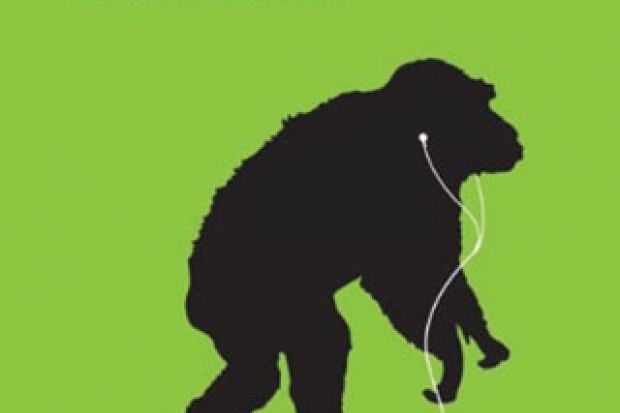This should be regarded as a big book for several reasons. It is co-written by three of the “big beasts” of human evolution, and it is the distillation of one of the largest research projects on human evolution ever undertaken in the UK, From Lucy to Language: The Archaeology of the Social Brain. Lasting seven years, this project was funded by the British Academy to the tune of a million quid, and drew on the work and expertise of more than 30 researchers. Finally, and not least, it attempts to tackle some of the most complicated (and disputed) questions facing human evolution: “When did our brains become modern?”, “Why do we have art?” and perhaps most importantly, “Why are we so clever?”. Thinking Big seeks to explain the connections between our modern social existence and the evolutionary landscape of the past, suggesting that strong selective pressures drove the need for bigger and better brains to allow for and to cope with increasing social complexity.
Traditionally, the study of human evolution had two main foci: stone tools and fossils (because they were all that was preserved of our long dead hominin ancestors). Unfortunately, having to work with such a small amount of information is rather like trying to describe a complex picture by looking through a letter box; lots of detail about a very limited part of a much bigger whole. All studies in human evolution are partial because of our inability to see beyond these spotlights of illumination, but this book deftly shows how the adoption of a lateral approach to the data can diffuse the light to help us to see what was going on in the heads of our ancestors. Thinking Big draws on a much wider range of data to test hypotheses about why and how we think. Rather than simply focusing on the stones and bones preserved in the archaeological record, it uses comparative evidence to elucidate hominin thought processes and by extension tries to understand how our evolutionary past has shaped and determined our present brain.
This is an impressive book that brings together a quite remarkable range of theory, data and interpretation. It is especially pleasing that despite the complexity of the issues explored, the ebb and flow of the writing is engaging and invites the reader into an immersive and compelling narrative. Similarly, although the book has three authors there is no sense of overlapping styles or discordant voices. This is quite an achievement: as anyone familiar with their solo writings will know, the authors have very different styles.
Although I am admittedly biased in this view, human evolution is one of the most complex and intoxicating of subjects, not least because of the amount of uncertainty involved. New discoveries can, and do, force us to discard long-held theories; ancient DNA is a great example of how our thinking can be radically reshaped almost overnight by new data. Thinking Big tackles some of the major questions of what it means to be a hominin (as distinct from the other great apes) and what it means to be a socially complex human capable of the most advanced abstract thinking. However, the authors remain frustratingly silent on one question: what is the ape listening to on his iPod on the cover of the book?
